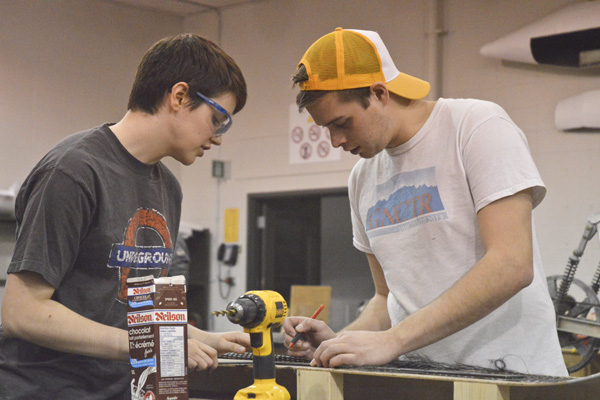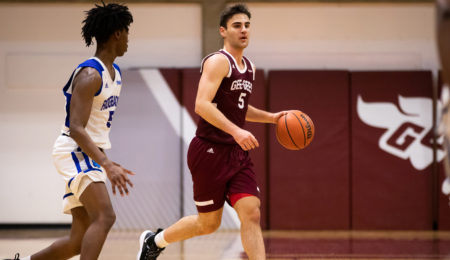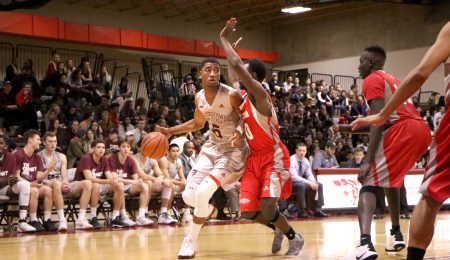U of O participates in annual unconventional sled race
The Great Northern Concrete Toboggan Race was originally conceived by an Albertan chapter of the American Concrete Institute (ACI), more specifically by Dr. S. H. Simmonds, the president of the chapter. The event came to fruition as an idea in response to the incredibly popular concrete canoe race that was ongoing in the United States. Canadian winters, however, presented an opportunity for the event to take place on snowy slopes.
Teams from various universities come together to build concrete toboggans and race them down a hill. While the event is centered around the race, it also includes thematic aspects and spirit points for peripheral feats such as safety videos, style and cheers.
The first-ever event was hosted in 1972 without success and was therefore rejected as a future project. Eventually, engineering students who’d participated in the original event banded together to host the event themselves, which gave way to what is now considered the first-ever race in 1975 when four schools participated in Alberta.
This year marks the sixth time the University of Ottawa will participate in the race.
“It’s a long-standing traditional international engineering competition where you build a toboggan out of concrete and you basically race it down a hill,” explained fifth-year chemistry student Michael Eager.
At the U of O, the event isn’t only open to engineering students. Eager is co-running the event this year and belongs to the Faculty of Science. In fact, he speculates that about half the participants last year had very little to do with engineering.
The sport is composed of the following guiding principles: the toboggan must weigh less than 136 kilograms, have a functional brake system, and be fitted with a roll bar to protect five passengers. The other technicality is that, although the construct can be composed of various materials, the running surface, which will come in continuous contact with the snow during the ride, must be pure concrete.
“There’s a technical side to the race,” said Eager. “Then there’s also a networking side in terms of getting certain engineers together from across Canada that won’t be working in the same field.”
Eager explained that the U of O has been competing against upwards of twenty other universities including the University of British Columbia to the University of Quebec at Montreal, with occasional entries from the United States and Europe. Jerome Choi, now a U of O engineering alumnus, was the first person to get things going.
“I’m really excited to go because even if only five people ride the toboggan, at least 25 or so people, including myself, have been working towards making this happen,” said Emily Fergusson, a second-year business student.
The group of students has been working for the past two weeks in labs on Lees campus to actually build their toboggan from scratch.
“You meet a bunch of random people too, even just at the university, which is also fun,” said Fergusson.
The 2014 race event will be hosted by Western University in London, Ont. from Jan. 29 to Feb. 2. More information is available at gnctr2014.com.





